What Size Batteries For Wildlife Camera ?
The size of batteries required for a wildlife camera depends on the specific model and brand of the camera. Some cameras use AA batteries, while others may use C or D batteries. It is important to check the camera's user manual or specifications to determine the correct battery size and type. Additionally, it is recommended to use high-quality, long-lasting batteries to ensure the camera operates effectively for extended periods of time in outdoor environments.
1、 Battery Type: Alkaline, Lithium, or Rechargeable
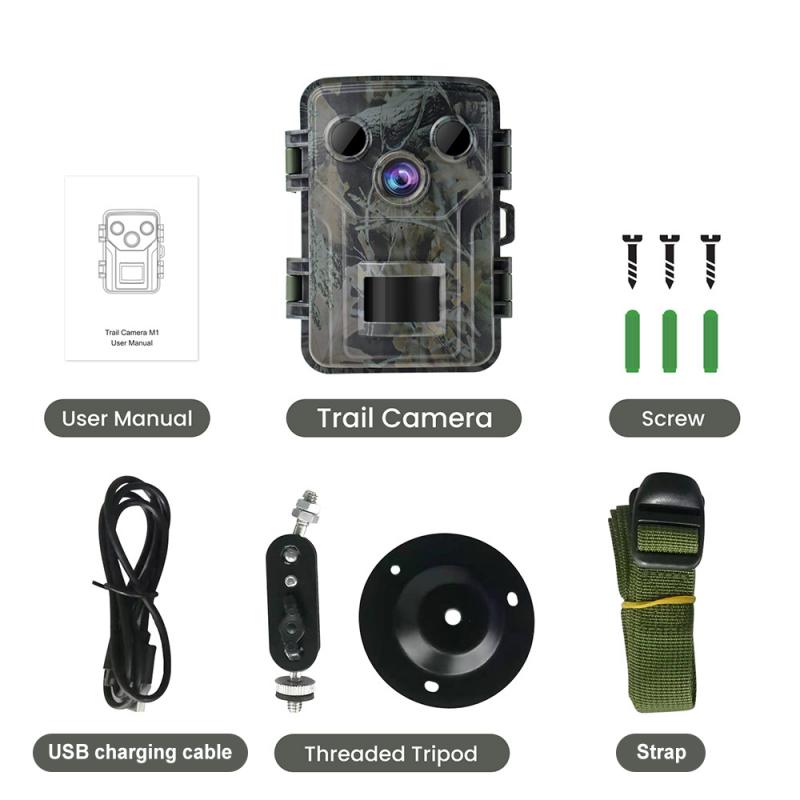
What size batteries for wildlife camera? The answer to this question depends on the specific model of the camera. Some wildlife cameras require AA batteries, while others may require C or D batteries. It is important to check the camera's manual or specifications to determine the correct battery size.
In addition to size, it is also important to consider the type of battery. Alkaline batteries are a common choice for wildlife cameras, as they are widely available and relatively inexpensive. However, they may not last as long as other types of batteries and may not perform well in extreme temperatures.
Lithium batteries are another option for wildlife cameras. They are more expensive than alkaline batteries, but they last longer and perform better in cold temperatures. Lithium batteries also have a longer shelf life, making them a good choice for cameras that are not used frequently.
Rechargeable batteries are becoming increasingly popular for wildlife cameras. They are more expensive upfront, but can be recharged and used multiple times, making them a more cost-effective option in the long run. Rechargeable batteries also have a lower environmental impact than disposable batteries.
In summary, the size and type of battery for a wildlife camera will depend on the specific model and user preferences. Alkaline batteries are a common and affordable choice, while lithium batteries perform well in extreme temperatures and have a longer shelf life. Rechargeable batteries are a more sustainable option and can be cost-effective over time.
2、 Battery Life: Varies by brand and usage
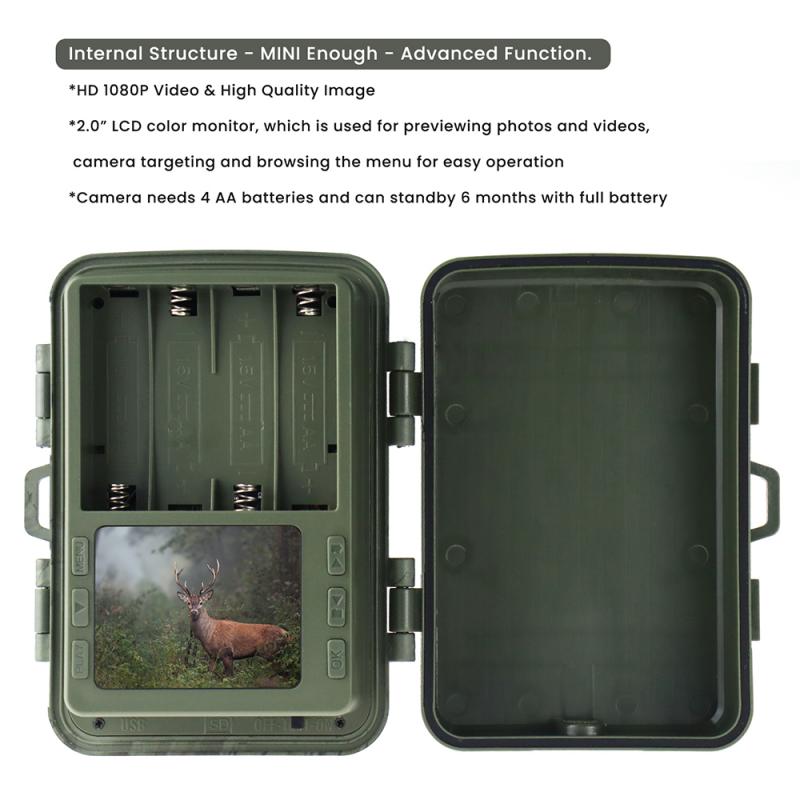
What size batteries for wildlife camera? The answer to this question depends on the specific model of the wildlife camera you are using. Some cameras require AA batteries, while others may require C or D batteries. It is important to check the user manual or specifications of your camera to determine the correct battery size.
In terms of battery life, it varies by brand and usage. Some cameras may have a longer battery life than others, and the amount of time the camera is in use will also affect the battery life. It is important to have extra batteries on hand when using a wildlife camera, especially if you plan on leaving it in the field for an extended period of time.
It is also worth considering using rechargeable batteries, as they can be more cost-effective and environmentally friendly in the long run. However, it is important to note that rechargeable batteries may have a shorter lifespan than disposable batteries and may not hold their charge as well in cold temperatures.
In recent years, some wildlife cameras have started to incorporate solar panels or external battery packs to extend battery life. These options can be a great choice for those who plan on leaving their camera in the field for an extended period of time or in remote locations where it may be difficult to replace batteries.
Overall, when it comes to battery size and life for wildlife cameras, it is important to do your research and choose the best option for your specific needs and usage.
3、 Voltage: Typically 1.5V or 3V
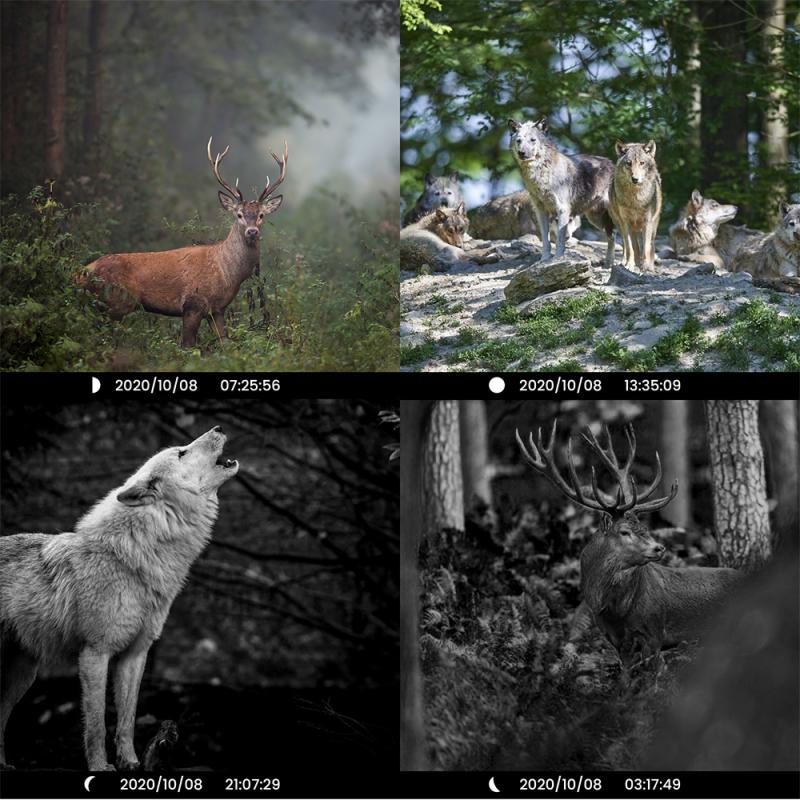
What size batteries for wildlife camera? The answer to this question depends on the specific model of the camera. However, most wildlife cameras require AA or AAA batteries. These batteries are readily available and can be purchased at most stores that sell electronics or batteries.
When it comes to voltage, most batteries used in wildlife cameras are typically 1.5V or 3V. The voltage of the battery is important because it determines how much power the camera will receive. A higher voltage battery will provide more power to the camera, which can be beneficial if the camera is being used in a location where there is limited sunlight or other sources of power.
It is important to note that the type of battery used in a wildlife camera can have an impact on the camera's performance. For example, lithium batteries tend to last longer than alkaline batteries and are better suited for use in cold temperatures. Rechargeable batteries can also be used in wildlife cameras, but they may not last as long as non-rechargeable batteries.
In recent years, there has been a growing trend towards using solar-powered wildlife cameras. These cameras are equipped with solar panels that convert sunlight into energy, which is then used to power the camera. This is a more environmentally friendly option and can save money on batteries in the long run.
In conclusion, the size and voltage of batteries used in wildlife cameras can vary depending on the specific model of the camera. However, most cameras require AA or AAA batteries with a voltage of 1.5V or 3V. It is important to consider the type of battery used, as well as the option of using solar-powered cameras, when selecting a wildlife camera.
4、 Capacity: Measured in mAh (milliampere-hours)
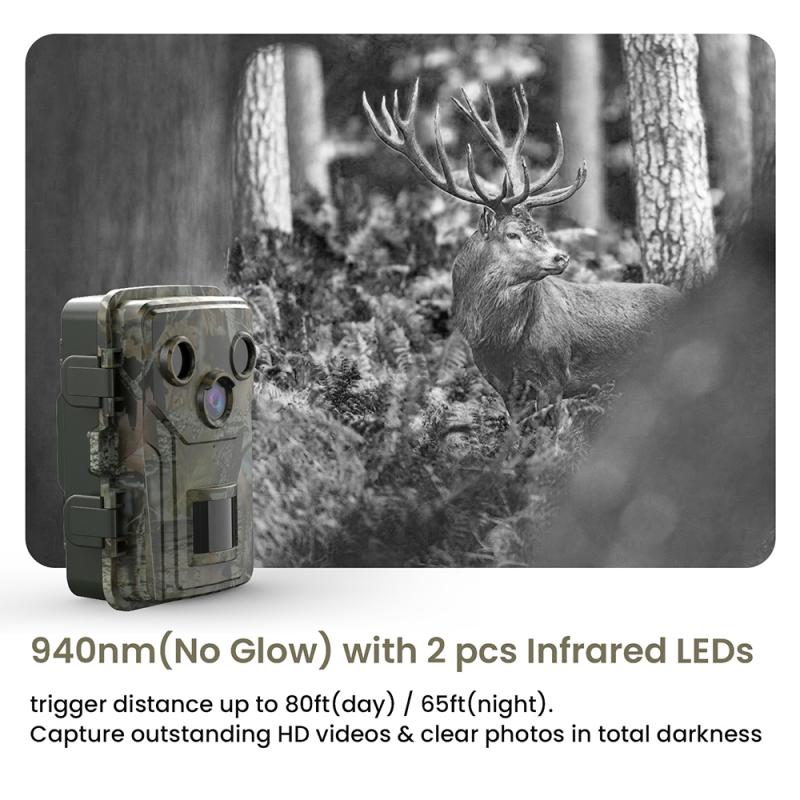
What size batteries for wildlife camera?
The size of batteries required for a wildlife camera depends on the specific model and brand of the camera. Some cameras may require AA batteries, while others may require C or D batteries. It is important to check the camera's manual or specifications to determine the correct battery size.
Capacity is also an important factor to consider when choosing batteries for a wildlife camera. Capacity is measured in mAh (milliampere-hours) and refers to the amount of energy a battery can store. The higher the mAh rating, the longer the battery will last.
When selecting batteries for a wildlife camera, it is important to choose high-quality, long-lasting batteries. Lithium batteries are a popular choice for wildlife cameras as they have a longer lifespan and can withstand extreme temperatures.
It is also important to consider the environmental impact of using batteries in wildlife cameras. Rechargeable batteries can be a more sustainable option as they can be used multiple times, reducing the amount of waste generated.
In summary, the size of batteries required for a wildlife camera depends on the specific camera model and brand. Capacity, measured in mAh, is an important factor to consider when choosing batteries. High-quality, long-lasting batteries such as lithium batteries are a popular choice, and rechargeable batteries can be a more sustainable option.




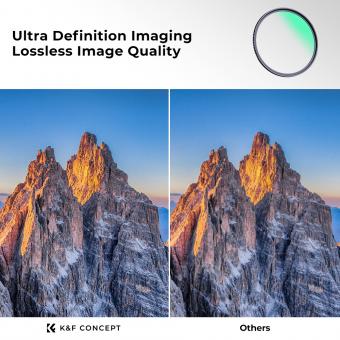


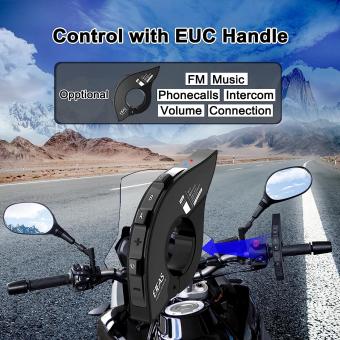

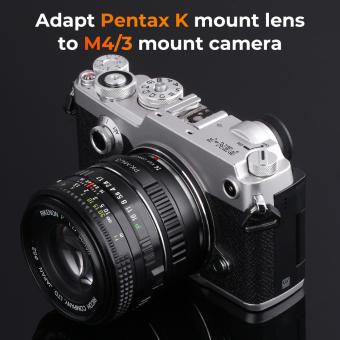


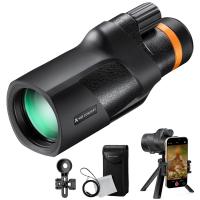
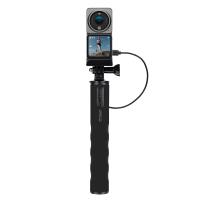







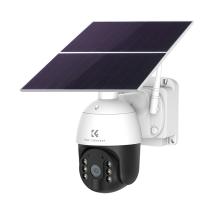
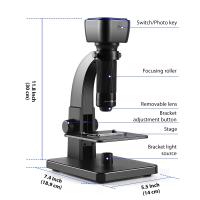

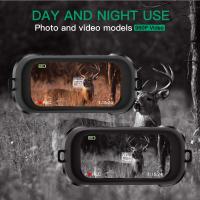
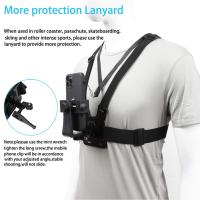

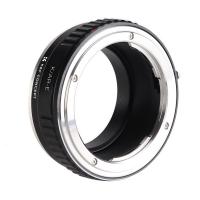
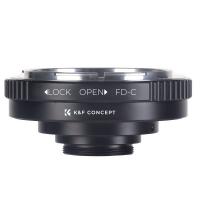
There are no comments for this blog.